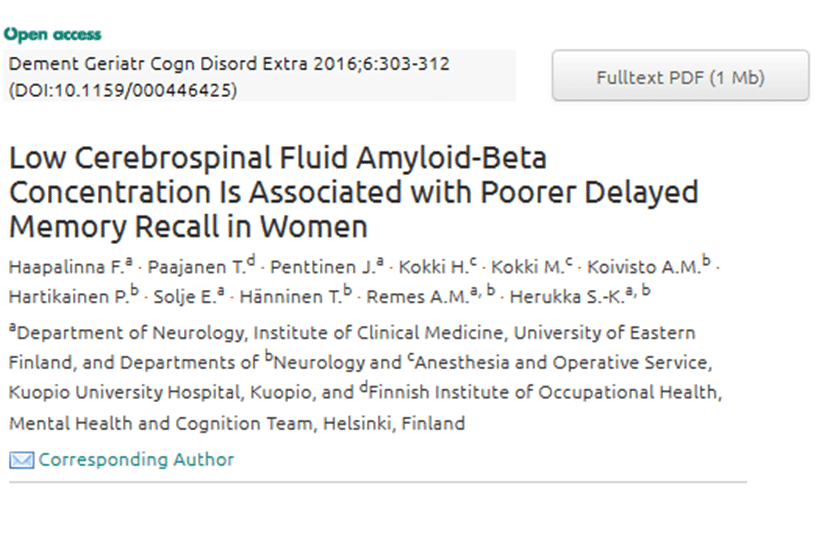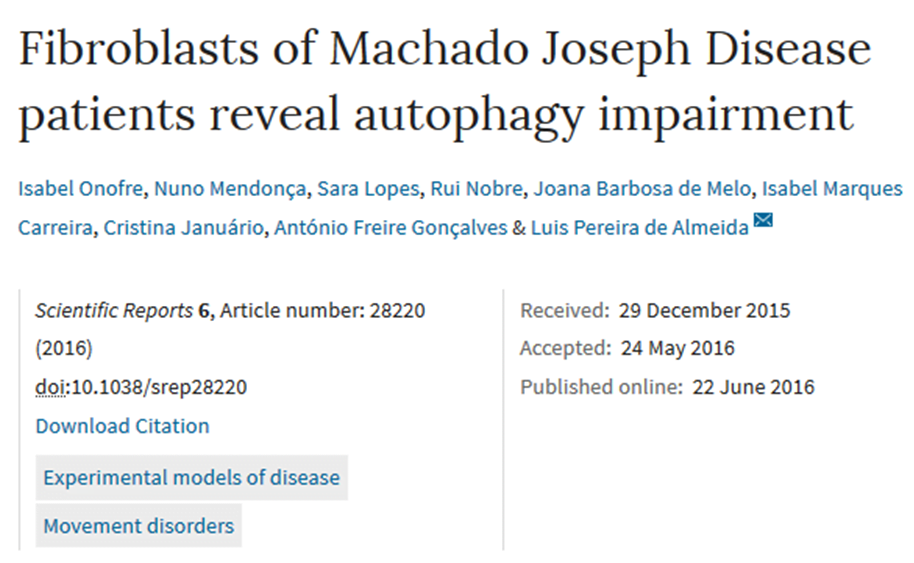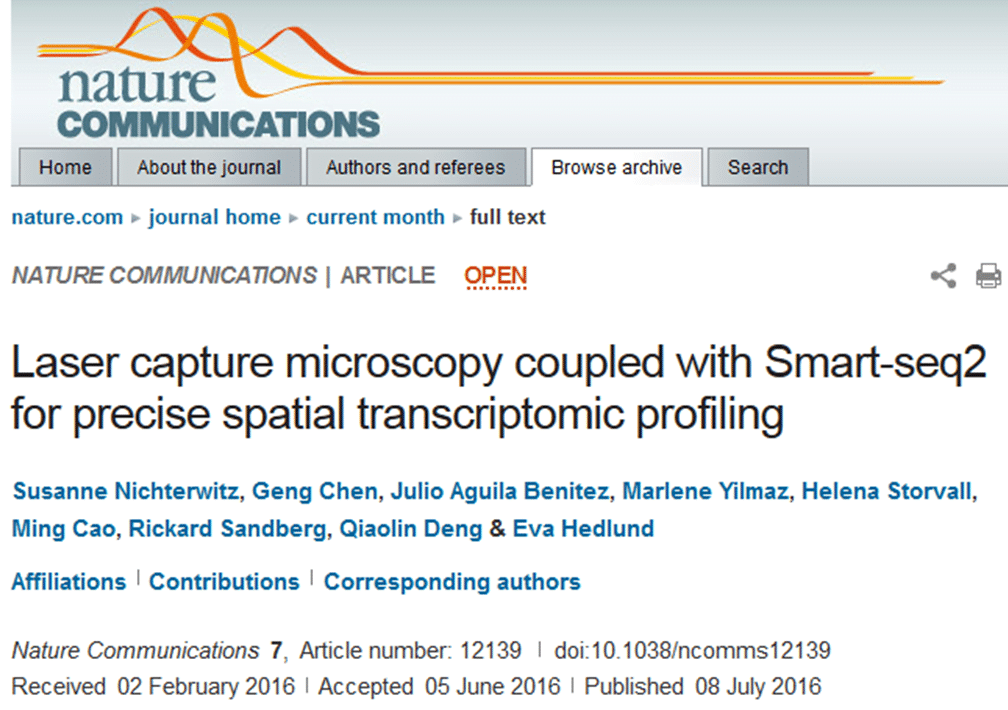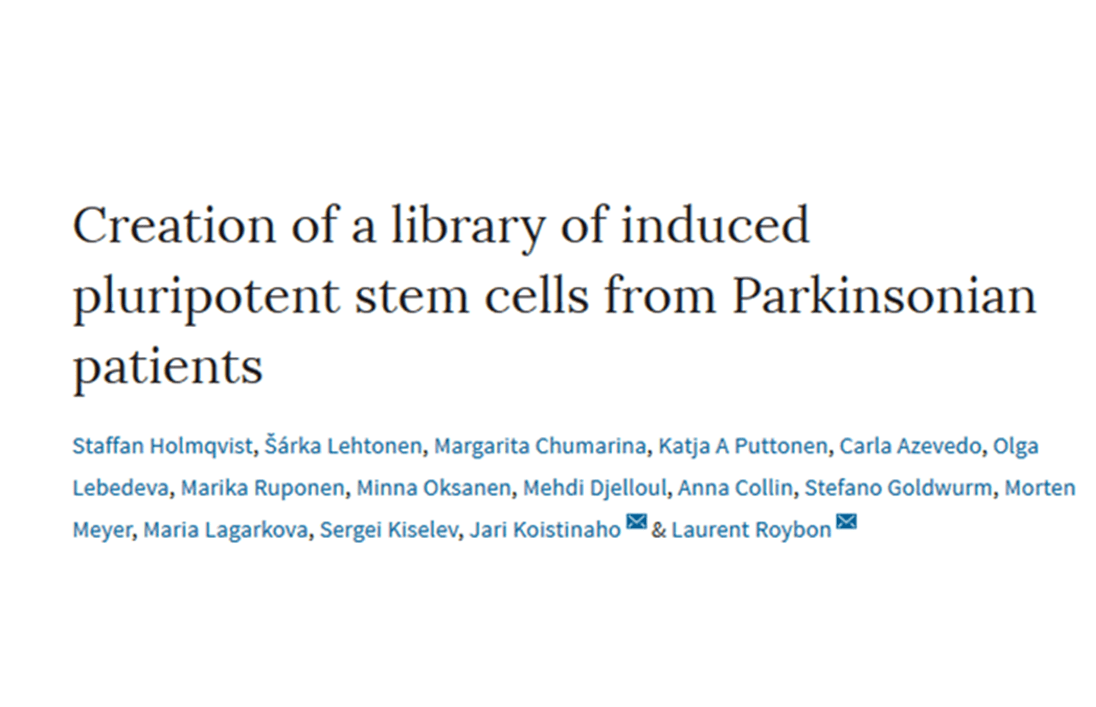Researchers have identified — and shown that it may be possible to control — the mechanism that leads to the rapid build-up of the disease-causing ‘plaques’ that are characteristic of Alzheimer’s disease.
The ability of biological molecules, such as our DNA, to replicate themselves is the foundation of life. It is a process that usually involves complex cellular machinery. However, certain protein structures manage to replicate without any additional assistance, such as the small, disease-causing protein fibres — fibrils — that are involved in neurodegenerative disorders, including Alzheimer’s and Parkinson’s.
These fibrils, known as amyloids, become intertwined and entangled with each other, causing the so-called ‘plaques’ that are found in the brains of Alzheimer’s patients. Spontaneous formation of the first amyloid fibrils is very slow, and typically takes several decades, which could explain why Alzheimer’s is usually a disease that affects people in their old age. However, once the first fibrils are formed, they begin to replicate and spread much more rapidly by themselves, making the disease extremely challenging to control.
Despite its importance, the fundamental mechanism of how protein fibrils can self-replicate without any additional machinery is not well understood. In a study published in Nature Physics, a team led by researchers from the Department of Chemistry at the University of Cambridge used a powerful combination of computer simulations and laboratory experiments to identify the necessary requirements for the self-replication of protein fibrils.
The researchers found that the seemingly complicated process of fibril self-replication is actually governed by a simple physical mechanism: the build-up of healthy proteins on the surface of existing fibrils.
The researchers used a molecule known as amyloid-beta, which forms the main component of the amyloid plaques found in the brains of Alzheimer’s patients. They found a relationship between the amount of healthy proteins that are deposited onto the existing fibrils, and the rate of the fibril self-replication. In other words, the greater the build-up of proteins on the fibril, the faster it self-replicates.
They also showed, as a proof of principle, that by changing how the healthy proteins interact with the surface of fibrils, it is possible to control the fibril self-replication.
Paper: “Physical determinants of the self-replication of protein fibrils”
Reprinted from materials provided by the University of Cambridge




